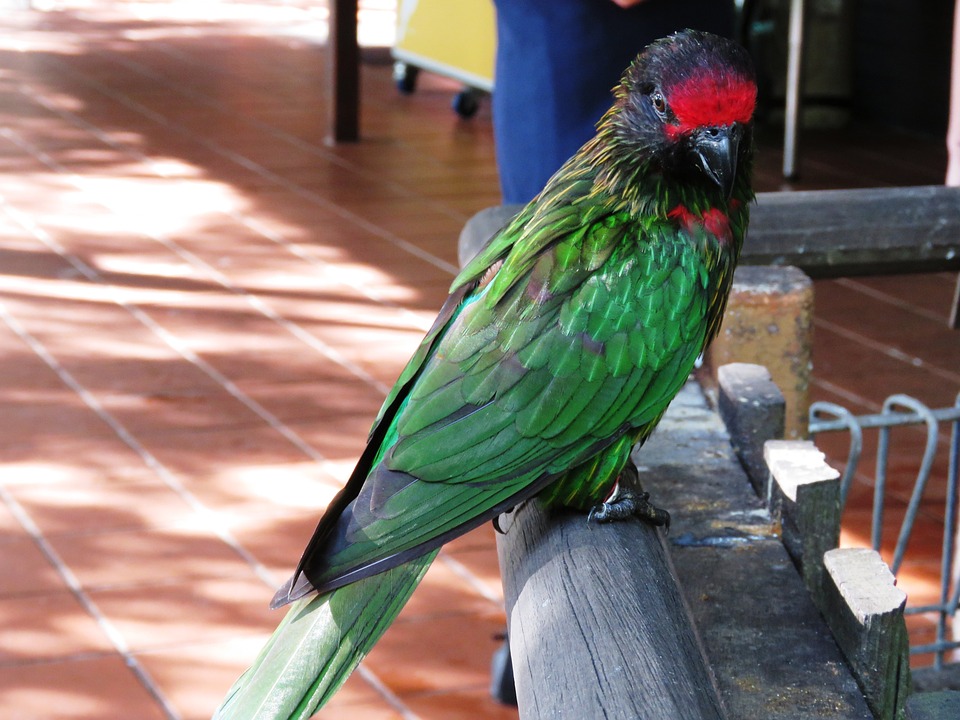Parrot training playdates are a fantastic way to enhance your feathered friend’s socialization skills and provide them with a stimulating environment for learning and growth. Interacting with other trained parrots not only allows your bird to engage in natural behaviors but also helps reinforce the training they have received. In this article, we will guide you through the process of organizing a successful parrot training playdate, ensuring a fun and educational experience for all involved.
Why are Parrot Training Playdates Important?
Socialization is crucial for parrots as it helps them develop and maintain healthy relationships with other birds and humans. By participating in playdates, your parrot will have the opportunity to interact with other parrots in a controlled and supervised environment. This interaction not only provides mental stimulation but also allows your parrot to observe and imitate the behaviors of their playdate partners.
Preparing for a Parrot Training Playdate
Before organizing a parrot training playdate, it’s important to assess your parrot’s readiness. Make sure your parrot is comfortable with basic commands and has a good understanding of training techniques. If your parrot is not yet ready for playdates, continue working on their training skills before introducing them to other birds.
Choosing the right playdate partners is also crucial. Look for parrots that are similar in size, age, and skill level to your own parrot. Matching playdate partners based on these factors will help ensure a balanced and enjoyable playdate experience for all involved.
Setting up a safe and stimulating environment is essential for a successful playdate. Make sure the play area is free from any hazards and that each parrot has their own secure perch. Provide plenty of toys and interactive activities to keep the parrots engaged and entertained throughout the playdate.
Designing Training Activities for the Playdate
When planning the training activities for the playdate, select exercises that are suitable for a group setting. Focus on basic commands, trick performances, and social behaviors that can be practiced together. Avoid activities that may trigger aggression or competition among the parrots.
Incorporate group activities and games into the playdate to encourage socialization and teamwork. For example, you can set up a “follow the leader” game where each parrot takes turns leading the group in performing a specific behavior or trick.
To keep the playdate engaging and prevent boredom, consider rotating stations. Set up different training stations around the play area and move the parrots from one station to another at regular intervals. This will provide variety and ensure that each parrot gets a chance to participate in different activities.
Managing the Parrot Training Playdate
Ensure safety and supervision throughout the playdate. Keep a close eye on the parrots to prevent any aggressive or harmful behavior. If you notice any signs of tension or aggression, separate the parrots involved and give them some time to cool down.
Promote positive interactions and reinforcement among the parrots. Reward good behavior and encourage the parrots to imitate and learn from each other. Provide treats and praise when they successfully perform a command or trick.
Address any challenges or behavioral issues that may arise during the playdate. Calmly and assertively address any conflicts or aggression, and redirect the parrots’ attention to more positive behaviors. If necessary, consult with a professional avian behaviorist for guidance on resolving any persistent issues.
FAQs about Parrot Training Playdates
Q: How many parrots should participate in a training playdate?
A: The number of parrots depends on the space available and the comfort level of each bird. Start with a small group of two to three parrots and gradually increase the number as your feathered friends become more familiar and comfortable with each other.
Q: How should I introduce my parrot to new playdate partners?
A: Introductions should be done gradually and in a controlled manner. Start by allowing the parrots to observe each other from a distance, gradually reducing the distance over multiple sessions. When introducing them face-to-face, ensure each parrot is securely perched and closely monitored.
Q: What types of training exercises are suitable for a parrot training playdate?
A: Training exercises that focus on basic commands, trick performances, and social behaviors are suitable for a playdate. Avoid activities that may trigger aggression or competition among the parrots.
Q: How long should a parrot training playdate last?
A: The duration of a playdate depends on the energy levels and attention spans of the parrots involved. Generally, aim for sessions lasting between 30 minutes to an hour, ensuring frequent breaks to prevent fatigue.
Q: What should I do if there is a conflict between parrots during a playdate?
A: If a conflict arises, calmly separate the parrots involved and give them some time to cool down. Assess the situation and identify the root cause of the conflict. If necessary, consult with a professional avian behaviorist for guidance on resolving any persistent issues.
Creating a parrot training playdate can be an enriching experience for both you and your feathered companion. By following the steps outlined in this article and providing a safe and stimulating environment, you can foster socialization, reinforce training skills, and promote a positive bond among parrots. Remember, each playdate should be approached with patience, understanding, and a focus on the well-being of your parrot and their playdate partners.









